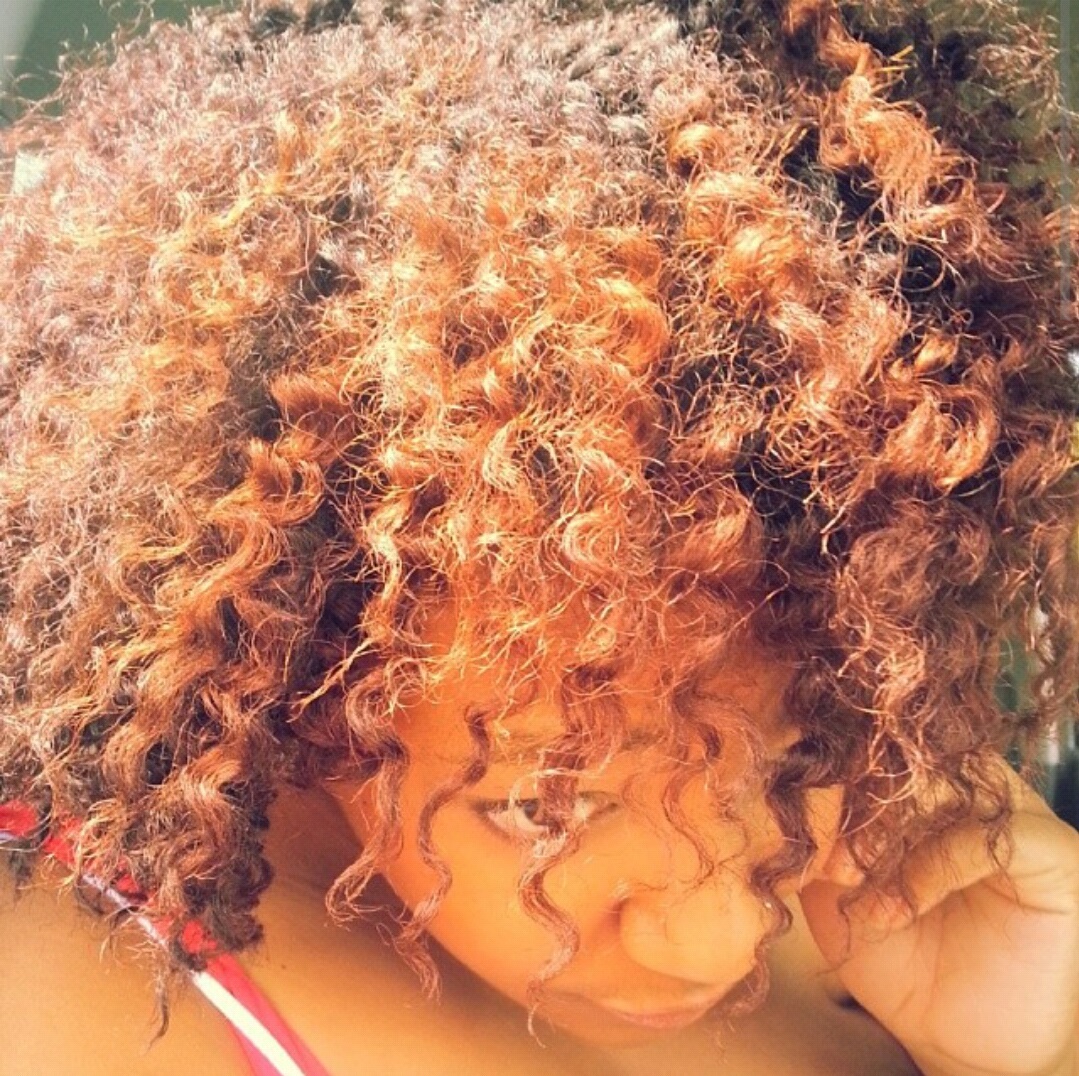Facing the Reality of Your Curls
I spent my Sunday morning cutting off the limp previously relaxed ends of a good friend. I watched as her excitement slowly evaporated into trepidation much like the water on her beautiful curls.
“If I have 4C hair, I’m getting a perm,” she said as she scrolled through Instagram, searching the hashtag #4Cnaturalhair.
The scene was eerily similar to my own big chop experience thousands of miles away in Asan, Korea. I worked and traveled throughout Asia following my graduation from Howard University and prior to enrolling in graduate school in New York City. In April 2012 my friend, Alana, commandeered my head after an afternoon of shopping and dining on Korean BBQ.
“We HAVE to get rid of those ends,” she declared.
I had unknowingly been going natural after realizing my lack of resources on the peninsula. Salons were all the way in Seoul, and boxed perms cost an arm and a leg. African American hair care products are much more difficult to acquire overseas. So after arriving in February, I had accumulated about four inches of thick natural hair atop six inches of relaxed ends.
Alana cut off those ends and I stared into the mirror in despair. My hair did not look like Miko and Titi Branch of Miss Jessie’s fame. It was dry, dense and tight. It didn’t matter that I didn’t have product on my baby fro or that my hair and scalp were damaged from years of chemical abuse. I was distraught.
I immediately got braids installed for months, then a sew-in full weave. In September, after my go-to hairstylist went to Thailand for vacation, I was stuck with my own, God-given hair: loose and free. I was forced to wash it, moisturize it, work with it and learn it. I was forced to meet the hair I had been chemically hiding for 17 years.
And slowly, I fell in love. It was thick, moldable, strong and healthy.
The time span between Alana snipping those ends off and me fully accepting and appreciating my unique strands took over six months, and everyday I learn something new about my hair.
What I have learned about the process of going natural, through my own experience and through working with friends and new naturals, is that is more mental than physical. You are transforming your outward appearance, but your psyche and diehard habits are not as easily snipped.
Fast forward to this living room in Lyndhurst, New Jersey- surrounded by inch long pieces of straight hair. My friend, the newly minted natural, continued to lament over her potentially 4C hair. This is why I do not like hair typing.
Many claim hair typing makes it easier to find products and styles that work best, but I have found it ends up opening new doors for bias, further dividing natural sisters.
In fact, most individuals have more than one hair type on their scalp. I have three. My hair is looser curled in the front, denser in the perimeter and it’s tightest at my crown. My looser curls actually give me the most problems while I wish my tightest curls were present all over my scalp.
Many people have a preconceived image of what their hair will look like and it leaves nothing but disappointment if it doesn’t live up to expectations.
Natural hair shrinks. Some hair grows upward and some hair grows down. Your edges will probably not “lay down” like they used to when relaxed, and a magical combination of curling custards might not take it from fro to bouncing, shiny ringlets.
That is the beauty of our hair. Like snowflakes, each scalp is unique and each curl is different.
It’s easier said than done that everyone should embrace whatever hair type they have, but I promise once you do, your wavy, curly, frizzy, zig-zaggy and kinky coils will flourish.
Alexis K. Barnes, Multimedia International Journalist mastering the craft at CUNY Graduate School of Journalism
-
Latresia
-
Shelley
-
-
Wendy
-
Britney
-
Nicole Tee







